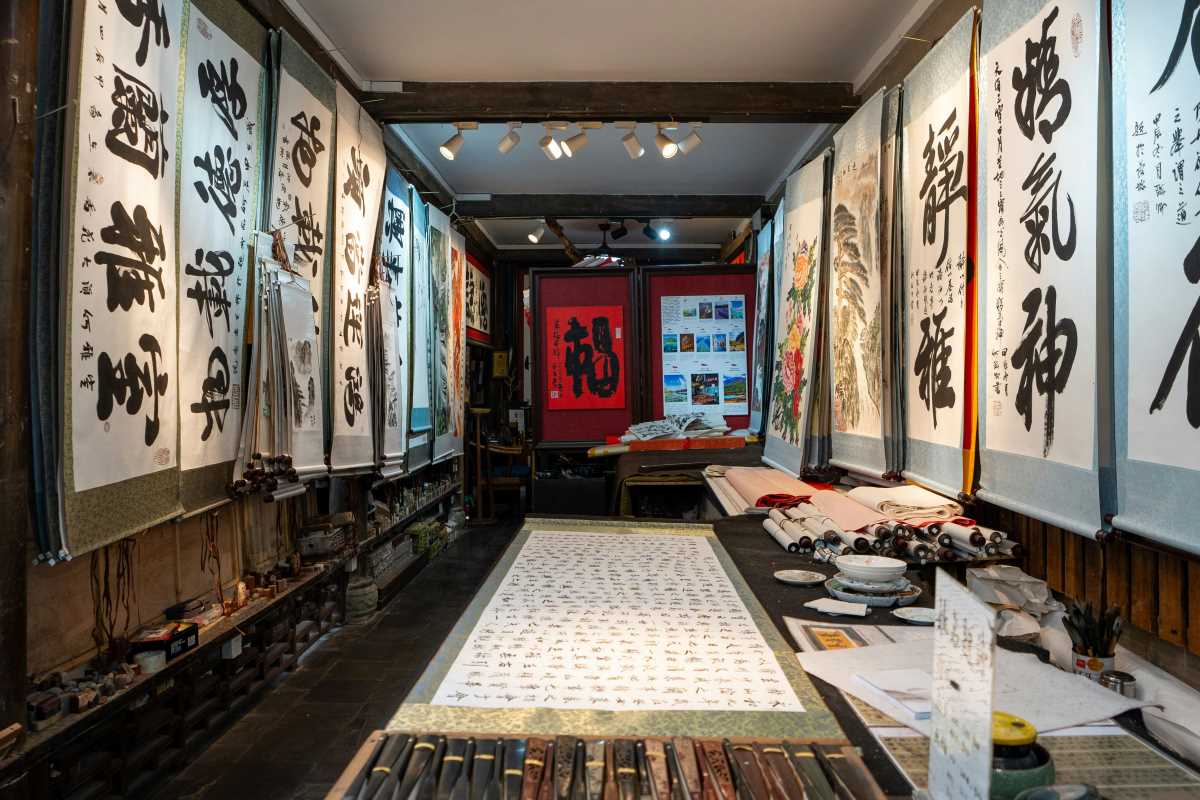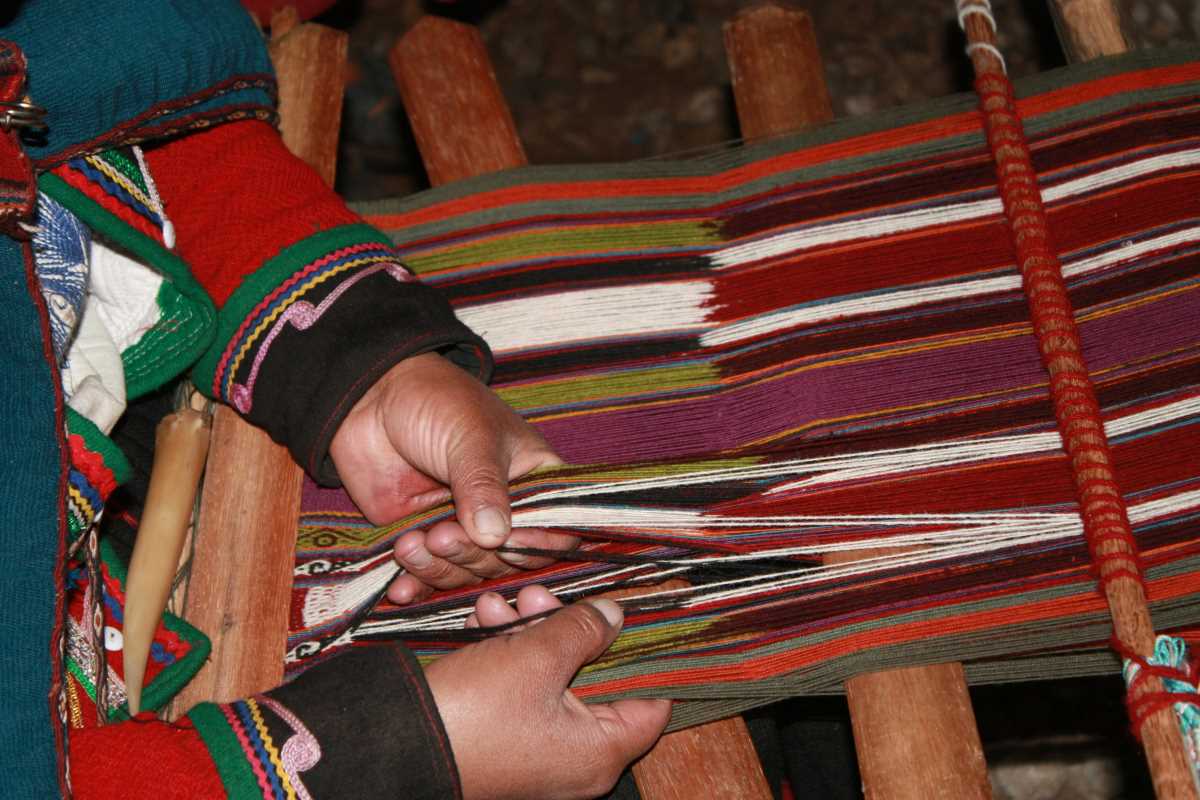Oracle Bone Script Calligraphy represents one of the oldest forms of Chinese writing, emerging during the late Shang dynasty. This ancient script primarily served divination purposes, as people inscribed it on animal bones and turtle shells. These artifacts provide invaluable insights into early Chinese civilization, including its language, culture, and social structure. The intricate characters that artisans etched onto oracle bones served a practical purpose and embodied a unique artistic expression that has captivated scholars and art enthusiasts alike.
The Origins of Oracle Bone Script
Scholars trace the origins of Oracle Bone Script back to the Shang dynasty (c. 1600–1046 BCE). They consider it the earliest known form of Chinese writing, predating even the well-known bronze inscriptions. Royal diviners primarily used the script to inscribe questions pertaining to matters such as agriculture, warfare, and weather on bones and shells. They then heated these inscriptions until they cracked, and interpreters analyzed the patterns of the cracks as answers from the ancestors or deities.
Oracle Bone Script played a crucial role in the administration of the Shang dynasty. Officials used it to record significant events, decrees, and religious rituals, serving as a governance and spiritual communication tool. Wang Yirong's discovery of oracle bones in the late 19th century marked a pivotal moment in the study of Chinese history, providing the first decipherable evidence of early Chinese writing and offering a direct link to the thoughts and practices of ancient Chinese civilization.
Traditional Techniques and Tools
- Selection of suitable bones and turtle shells, typically from ox scapulae and plastrons.
- Preparation of the surface by cleaning and smoothing to ensure clear inscriptions.
- Use of sharp tools, such as bronze or stone styluses, to carve characters into the bone or shell.
- Application of precise pressure and angular movements to achieve the desired script form.
- Heating the inscribed artifacts uniformly to create cracks for divination purposes.
- Preservation techniques to protect the delicate inscriptions from wear and environmental damage.
The Cultural Significance of Calligraphy
Calligraphy has long enjoyed reverence in Chinese culture as a supreme art form, embodying both aesthetic beauty and profound cultural meaning. Oracle Bone Script Calligraphy, in particular, serves as a bridge connecting modern society with its ancient roots. By studying and practicing this script, individuals gain a deeper appreciation for the historical and cultural context in which it developed.
The artistic execution of Oracle Bone Script calligraphy reflects the philosophies and values of the Shang dynasty. Each character's form and structure provide insights into the symbolic and practical aspects of the time. Furthermore, calligraphy acts as a means of preserving ancient scripts, ensuring that the knowledge and artistry of past generations continue to influence contemporary culture and education.
Revival and Modern Interest
- Professor Li Wei – A renowned sinologist who has published extensively on Oracle Bone Script.
- The Chinese Calligraphy Association – An organization dedicated to promoting traditional calligraphic arts.
- Shang Dynasty Research Institute – Focuses on archaeological and historical studies of the Shang era, including calligraphy.
- Heritage Artisans – A group of modern artists who integrate Oracle Bone Script into contemporary artworks.
- National Museum of China – Hosts exhibitions and educational programs highlighting Oracle Bone Script Calligraphy.
Scholars attribute the resurgence of interest in Oracle Bone Script Calligraphy to both academic and cultural initiatives. Scholars like Professor Li Wei have played an instrumental role in deciphering and interpreting the script, making it accessible to a wider audience. Organizations such as the Chinese Calligraphy Association have organized workshops and exhibitions to showcase this ancient art form's beauty and historical significance. Modern artists within groups like Heritage Artisans creatively incorporate Oracle Bone Script into their work, bridging the gap between tradition and contemporary art.
Comparative Study with Ancient Art
When comparing Oracle Bone Script Calligraphy with other ancient art forms, such as Southeast Asia's lost art of shadow puppetry, distinct similarities and differences emerge. Both art forms serve as cultural artifacts that provide a window into the societies that created them. They each require a high level of craftsmanship and artistic skill, reflecting the values and beliefs of their respective cultures.
While Oracle Bone Script primarily serves as a written form of expression used for divination and record-keeping, shadow puppetry functions as a performative art that combines storytelling with visual artistry. This comparison highlights how ancient civilizations utilized art to communicate, entertain, and preserve their heritage. Studying these art forms in tandem enriches our understanding of the varied methods early societies employed to convey meaning and culture.
As we move forward, the continued preservation and revival of oracle bone calligraphy will help maintain a connection to our historical roots. It serves as an artistic endeavor and a testament to the enduring legacy of ancient civilizations. By embracing and promoting Oracle Bone Script Calligraphy, contemporary culture can benefit from the depth and richness of this timeless art form.
 (Image via
(Image via




.jpg)
